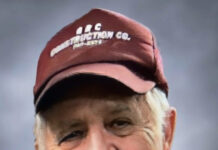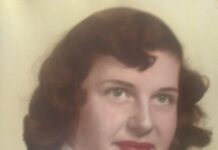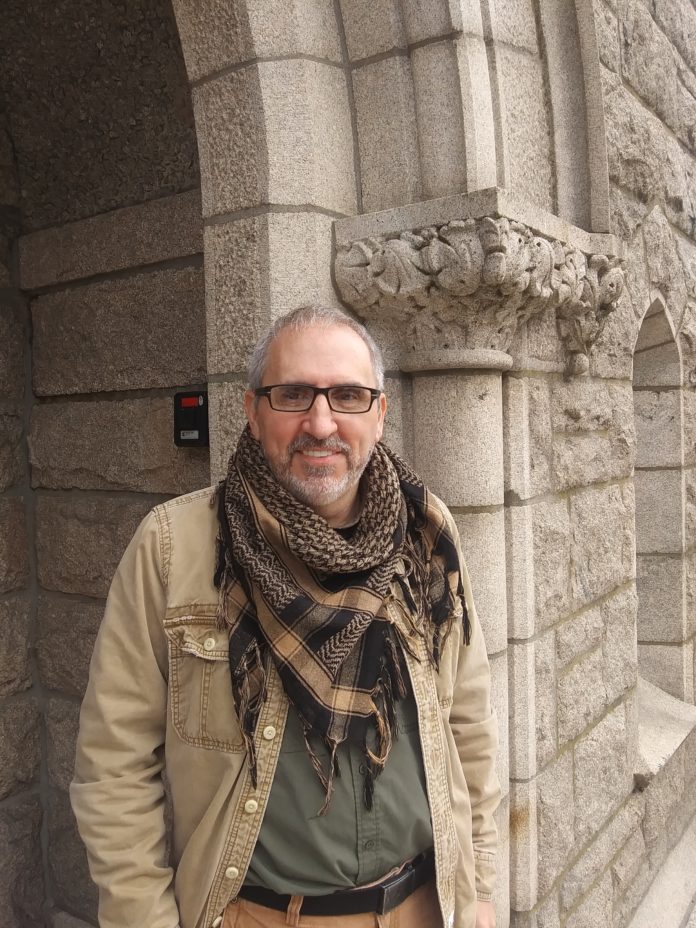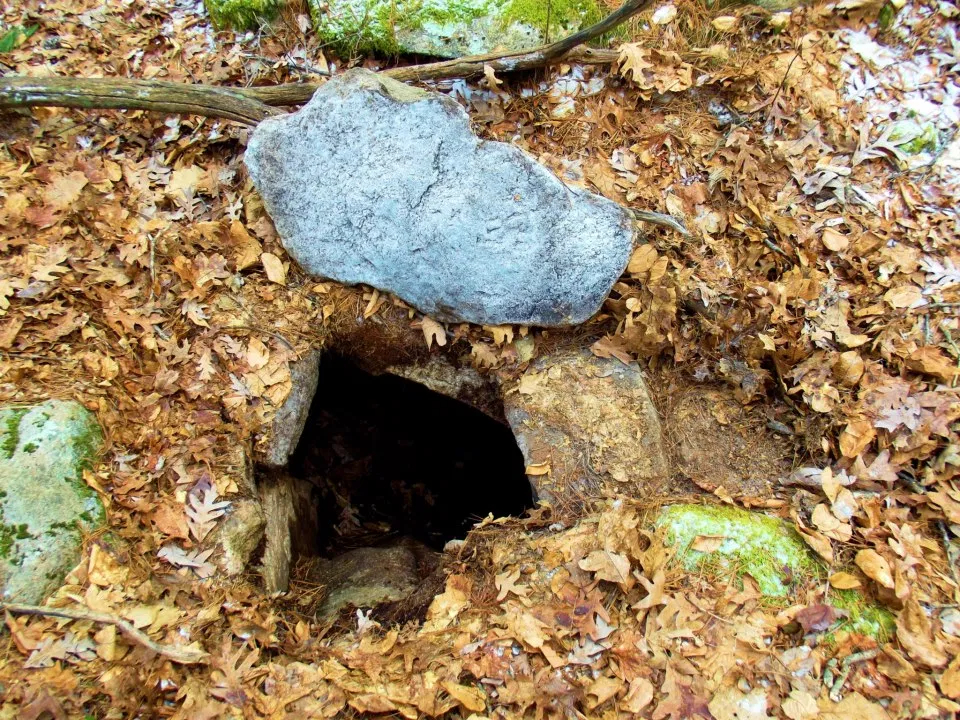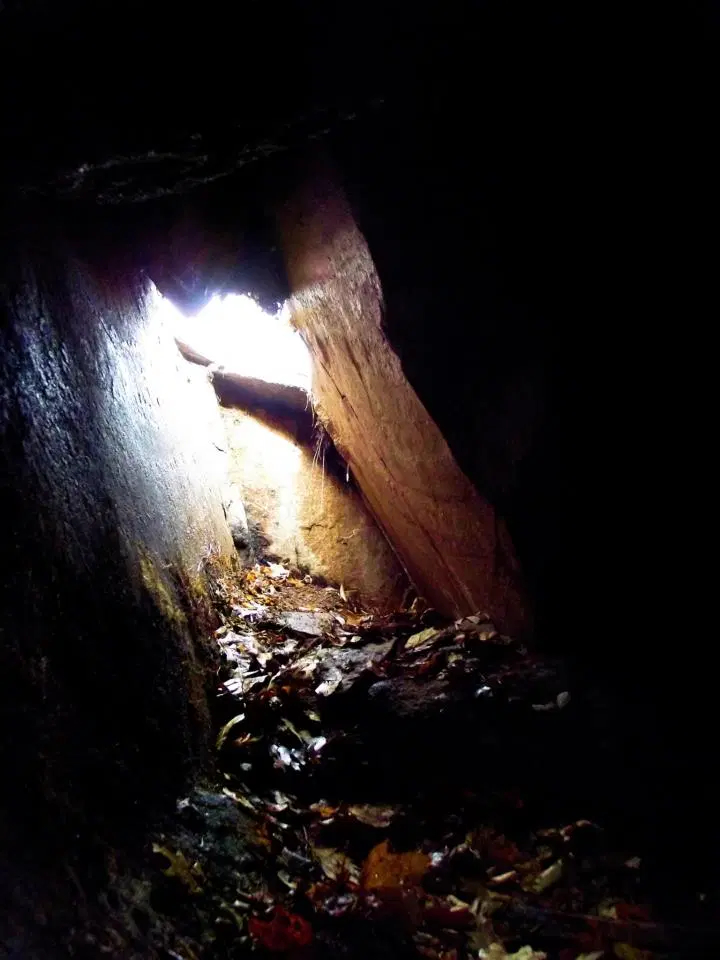BURRILLVILLE – In an undisclosed location on private property deep in the woods of Burrillville is a cave where lawbreakers once plied their fakery craft.
The Counterfeiters’ Den, large enough for few men to work in, was the site of the operation of an 18th century gang of counterfeiters.
“The cavity in the rock that led to their den was hidden behind the trunk of a large rock birch, and covered by a flat stone,” wrote author Horace Keach in a cryptic description of the scene in Burrillville in his 1856 book. “Parts of the forge and a pile of cinders were lately to be seen there. The aperture where the smoke came out was about thirty feet from the door.”
For years, the Burrillville counterfeiters ran a system of creating the fake currency and getting the coins into circulation in Connecticut without detection, says Michael Girard on his website New England Explorers, described as, “an outlet of stories, resources and information concerning my past and ongoing adventures, and those of fellow explorers in the northeast.”
“Cave man,” doesn’t just refer to Neanderthals of 400,000 – 40,000 years ago. Girard is Rhode Island’s own modern “cave man,” – an expert explorer of caves and other natural and historic anomalies.
The thievery tail thickens.
The counterfeiters went uncaught until 1795, when a 12-year old boy named Zadec found them out.
Instead of turning the den of thieves over to law enforcement, the youngster joined the crooks in their deceptive endeavor.
Unfortunately for the criminals, the young one was loose with his share of the fake money, and attracted attention. Local establishments where suspicious of the big-spender.
The consequence was the counterfeiters were pinched by police.
They went to trial.
They pleaded innocent.
One clever counterfeiter on trial feigned ignorance of how to use the machinery necessary to create fake currency, explained modern-day Indiana Jones-like adventurer Girard in an interview.
Apparently, the savvy people of Burrillville weren’t buying it.
“There is a tradition that Arnold Hunt was put on trial for counterfeiting. No convictions were ever made,” wrote Harry Lee Barnes in his 1922 book The Wallum Pond Estates.
It seems the, “dyes and other tools,” found were made by, “a very able workman.”
Another hidden cave in Burrillville, says Girard, is known to be frequented by animals, and is named for one kind: raccoons. At Coon Cave others animals such as porcupines and foxes have taken shelter in the 15 feet “of easily accessible passage and another 20,” too tight for an adult. Its location was at the edge of a 200-foot long by 60-foot wide swamp, filled with huckleberry bushes, he explained online.
Girard and a companion explorer hiked on old dirt roads, “bushwhacking though a rocky forest of rolling hills that is randomly penetrated by thrusts of granite ledge.”
More of Girard’s strange and exciting adventures hiking in the forests and crawling in caves can also be found at strange-new-england.com and various related topics by Girard are posted at NatGeo FieldNotes Expedition https://fieldnotes.nationalgeographic.org/expedition/petroglyphs.

